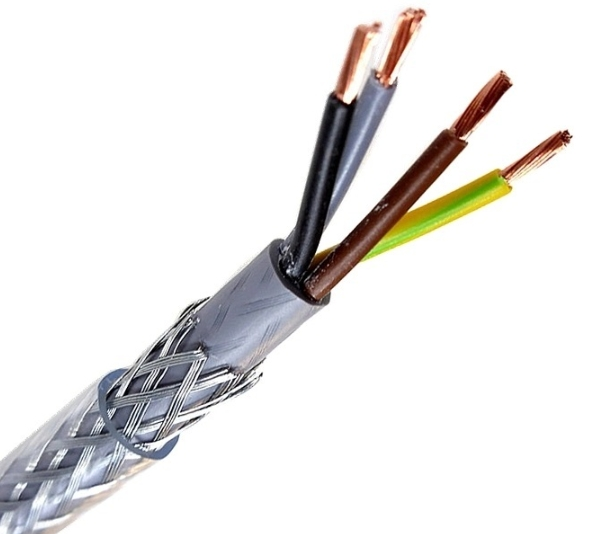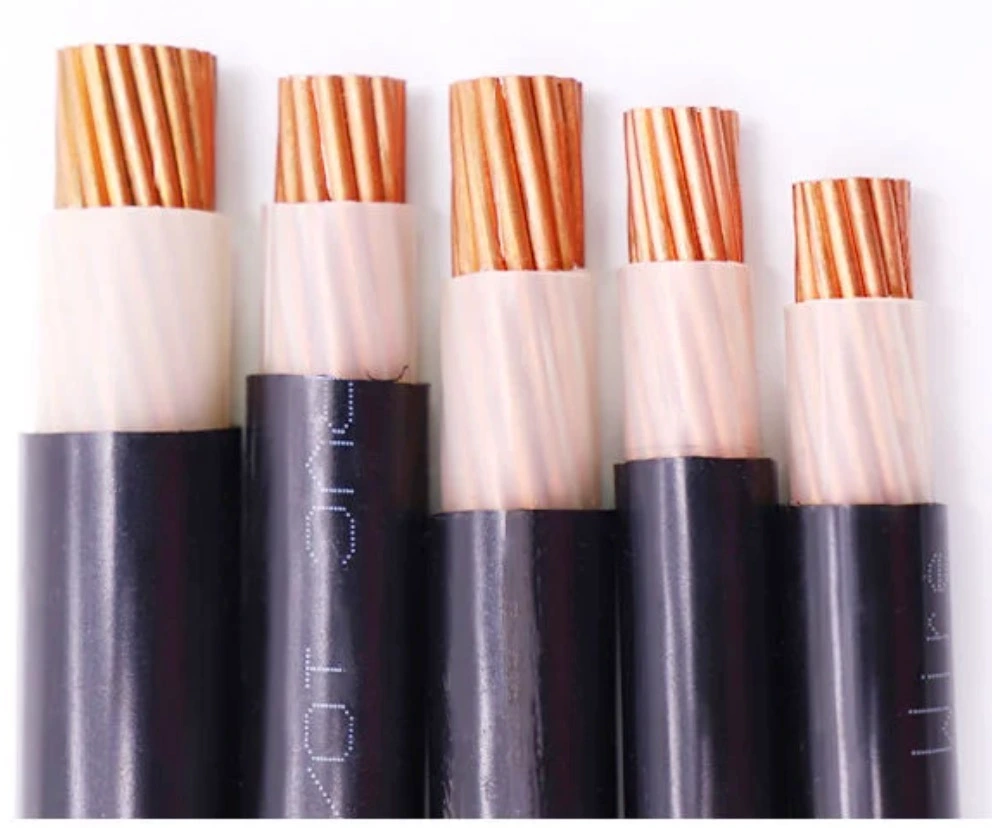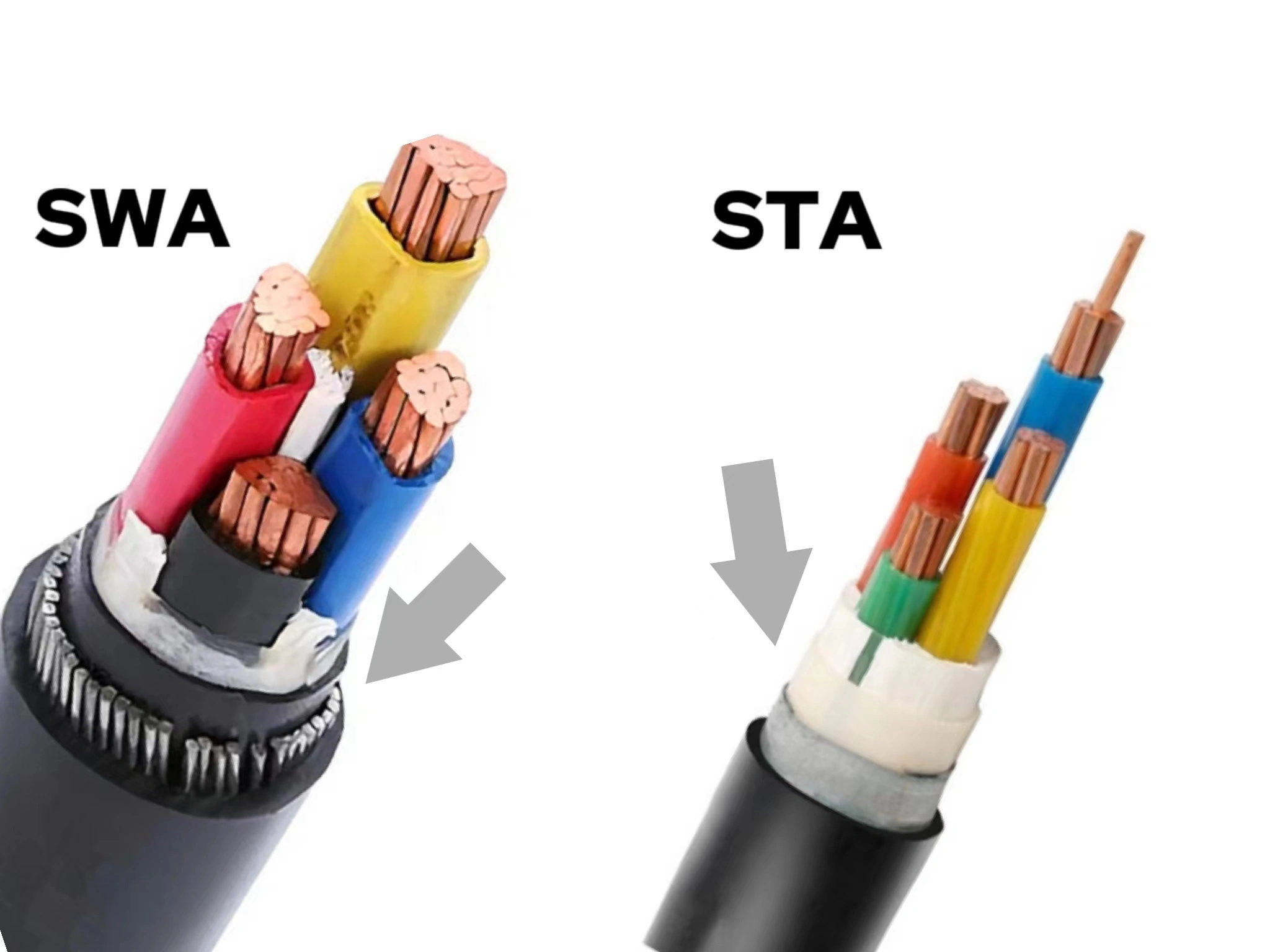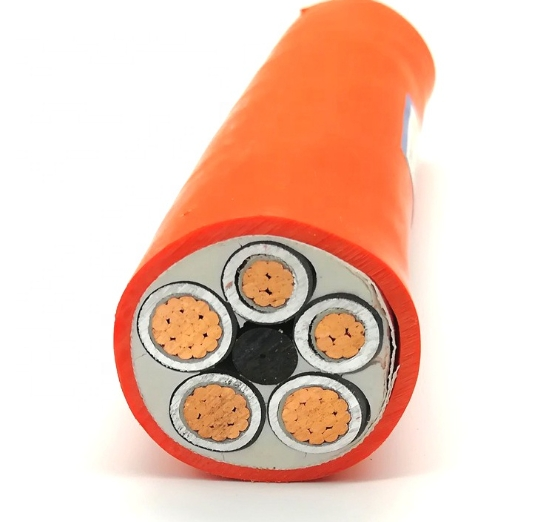Electrical cable colours might seem like a simple visual distinction, but their significance extends beyond aesthetics. The colors have been carefully chosen to guide the user through the intricate electrical system, which can be confusing to the layman but effortless for those who know even a little.

Suppose you also want to become an effortless person. In that case, this article is exactly what you are looking for, in which you can fully understand the significance of electrical cable colors meaning and how the wire cable color code plays an integral role in 4 wire electrical cables. Now on to the topic.
What is electrical cable colour code?
Cable color coding refers to the standardized system used to identify different conductors and components within electrical cables, a system that helps ensure safety, proper installation, and clear communication between electricians. In this system, each color represents a specific function, such as live or phase conductors, neutral conductors, grounding conductors, and sometimes even specific signals or applications. While power cable color codes vary by country and region, IEC standards are the most widely used.
Electrical wiring color code standards.
The live or phase, neutral, and ground wires together form the main part of the single-phase systems. In order to integrate cable applications, the IEC has developed a standardized wire color code for AC wire, and adherence to these electrical cable colors is essential for ensuring efficiency and ease of identification. Due to DC systems are often specific to certain applications or industries, there is no universal direct current wiring color code; however, the red electrical wire in a DC system is typically used as positive wire, and black is used for negative wire color.
The following is an overview of the common wire cable colors according to the IEC standard in AC systems:
What colour is live wire?
Brown or Red: Live wire, also known as phase or hot wire, is usually brown in many countries (red before the revamp). The red wire is primarily used to indicate the positive pole of a power source, usually connected to the metal casing of a device, and is also commonly connected to important safety equipment, such as circuit breakers. Hot wire color may vary from country to country, but it was usually predominantly red. When we see a red live wire, we can immediately understand that it is an emergency that requires our attention, as red conveys a signal of imminent danger.
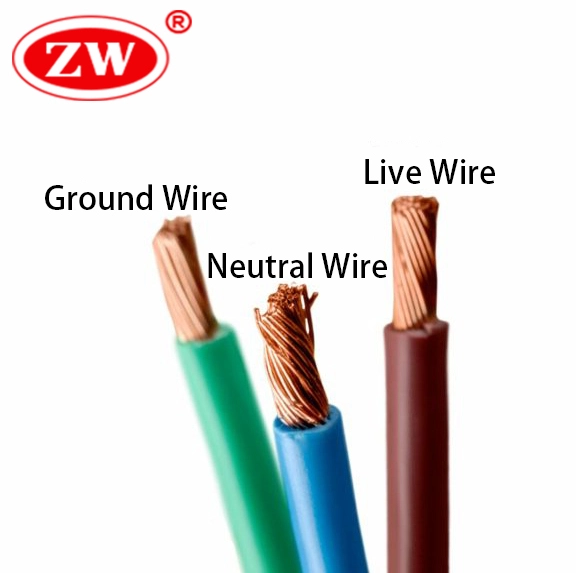
What colour is neutral wire?
Blue: Neutral wire is the pathway through which current is returned from the load to the power source, and neutral wire color is usually blue. The voltage on the neutral wire is usually close to zero, making it safer to touch the neutral wire than the live or phase wires. However, in North America, the neutral wire is normally white.
What is earth wire color?
Green or Green with a yellow stripe: The earth wire, also known as the ground wire, is usually color-coded green or green with a yellow stripe (revamped), and this unique color combination is internationally recognized as the standard color for identifying grounding. Ground wire provides a path for dissipating fault or leakage currents to earth, increasing safety by diverting fault currents from personnel and equipment.
If you look closely, you’ll realize that the above codes also determine our house wire colors. Like single-phase cables, four-core cables also adhere to color coding standards that ensure clarity, safety, and efficient communication within intricate systems. Let’s examine how the familiar power cord colours we discussed earlier fit into complex four-core cables.
4 core electrical cable colours
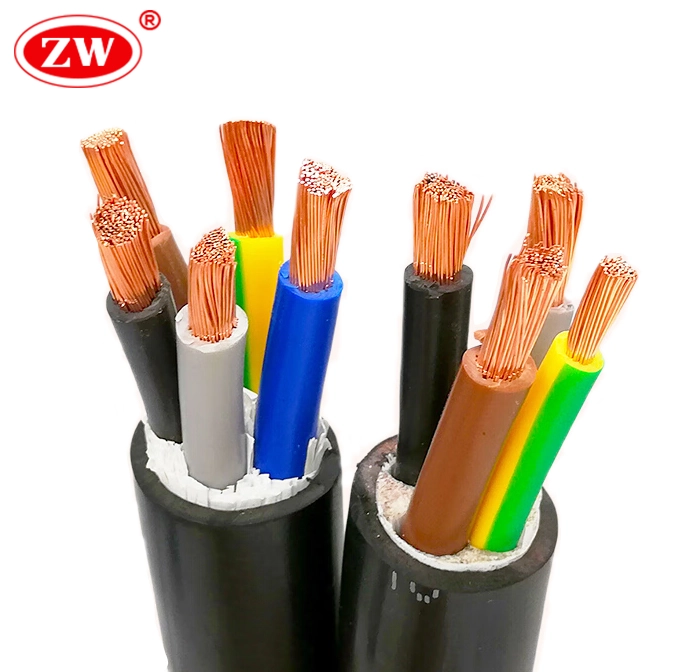
4 wire cable is a cable that contains four individual conductors within a single outer jacket, which is commonly used in three-phase systems and can be found extensively in industrial and commercial environments. Each core within the cable serves a specific purpose; therefore, the 4 wire cable color code is needed to help identify its functions. The versatility of 4-wire cables makes them the preferred choice for various electrical and wiring applications requiring simultaneous transmission of multiple functions within a single cable, reducing the complexity of wiring installations and increasing efficiency.
While conductor colors will vary depending on the specific application and region, the following are the standard three-phase color code in power distribution as defined by the IEC:
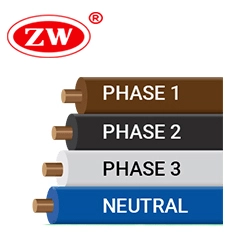
Brown wire means?
Brown conductor normally indicates live or Phase 1, it carries the current for the first phase of a three-phase system, transmitting the active current from the source to the load.
What is black in electrical?
Black wire is usually Phase 2 (Live), which is similar to Phase 1, this core carries the current for the second phase.
Grey Wire means?
Gray wire is normally phase 3: This core carries the third phase of the electrical power supply in applications that use three-phase power distribution.
What is blue wire in electrical?
Blue wire serves as neutral wire; it provides a return path for the current and completes the circuit. The neutral wire is at approximately zero voltage, however, when factors such as load imbalance are present, some voltage may be present.
In addition to these four wires, the four-core cable may also contain a green/yellow ground wire.
Other AC Circuit 4-Core Color code.
Besides these standard 3-phase color codes, there exist other 4-core colours of wires in AC distribution circuits, for example:
- Audio system:
In audio systems, four-core cables can be used for transmitting audio signals between devices. Common wire color as:
Red: Positive (+) audio signal.
Black: Negative (-) audio signal.
White: Positive (+) audio signal (for balanced connections)
Green: Negative (-) audio signal (for balanced connections)
- Control Circuits:
In control circuits, four-core control cables are used to transmit control signals and data between devices such as sensors, actuators, and controllers. Color coding can differ based on the control system:
Yellow: Control signal or data line.
Green: Grounding or common reference.
Red: Power supply for control components.
Black: Power supply return or common ground.
- Instrumentation:
Four-core cables are often used in instrumentation systems for measuring and transmitting various parameters such as temperature, pressure, and flow. Color coding can vary based on the instrumentation standard being followed:
White: Temperature measurement signal.
Green: Grounding for shielding.
Red: Power supply for sensors or transmitters.
Black: Power supply return or common ground.
A clear understanding of wire color coding is critical to preventing accidents and troubleshooting. However, color coding standards are constantly evolving. Below, let’s take a look at the old and new color coding changes, as only keeping up with the latest standards is key to accurate installations.
When did the new electrical cable colours change?
In 2006, cable color coding was changed in the UK under the 17th edition of the IET Wiring Regulations (also known as BS 7671) due to a lack of consideration for proper phase rotation. This transition to the new cable colors is often referred as the color harmonization, as it primarily involves changes implemented in the United Kingdom and many other countries within the European Union (EU) to improve safety and consistency across Europe. This change aligns with international standards and improves the safety and accuracy of cable identification. Moreover, it also enhances cross-border cooperation by reducing misunderstandings when dealing with electrical systems in different locations. The transition to new electrical cable colours, driven by harmonization efforts and safety improvements, occurred at different times in different countries.
Color harmonization normally occurs in the hot, neutral, and earth wires. The following is a general overview of the cable colours old and new:
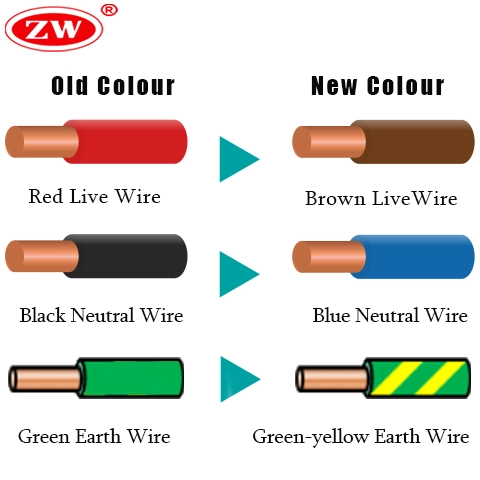
As we can see above, The traditional red wire for live connections has been replaced with a brown wire, while the previously black neutral wire is now blue. Additionally, the ground wire, which was once solid green, now features a yellow stripe. This change raises the consistency across Europe, but some older electrical systems may not have switched to the new electrical cable colours yet and require careful identification. Furthermore, it should be emphasized that high-voltage, medium-voltage, and low-voltage cables each follow distinct color-coding schemes.
Conclusion.
At the end of this exploration, you must have a better understanding of color coding meaning and 4 wire cable color scheme. The wire colour code is more than just a visual effect, but a universal signal that guides the user towards a safer and more efficient electrified world. From residential installations to industrial wirings, ZW Cable has always been a trusted cable manufacturer who can help you with your electrical color concerns; feel free to consult us.



